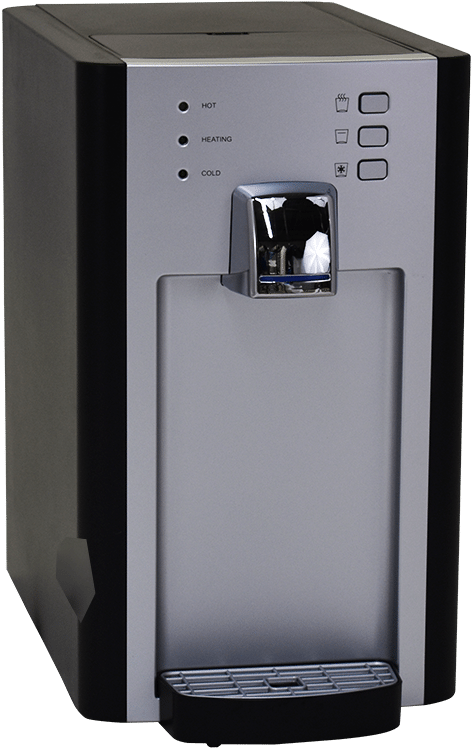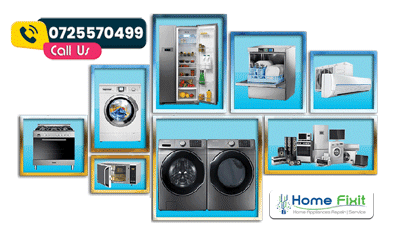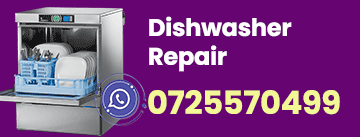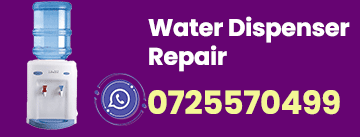
Water dispenser maintenance is essential to ensure the cleanliness, functionality, and safety of these devices, whether they are standalone units or integrated into refrigerators. Regular maintenance not only prolongs the lifespan of your water dispenser but also ensures the quality and safety of the water it dispenses. Here are some key aspects of water dispenser maintenance:
-
Cleaning:
- Regularly clean the exterior of the water dispenser with a mild detergent and a damp cloth to remove dust and fingerprints.
- To prevent the growth of bacteria, fungi, and algae, clean the drip tray, nozzle, and water reservoir with a mixture of vinegar and water. Make sure to rinse thoroughly to remove any vinegar residue.
-
Changing Filters:
- Most water dispensers use filters to remove impurities and improve water quality. Follow the manufacturer's guidelines on filter replacement, which is typically recommended every 6 months.
- If your water dispenser has a built-in filter, you should replace it as specified in the user manual. If it's a standalone unit, the filter may have a visible indicator for replacement.
-
Sanitizing:
- Periodically sanitize the internal components. This can be done by running a mixture of water and a sanitizing solution through the system. Again, refer to the user manual for specific instructions.
-
Checking for Leaks:
- Regularly inspect the dispenser for leaks or drips. If you notice any, address them promptly to prevent water damage and the growth of mold or mildew.
-
Inspecting the Water Supply Line:
- If your water dispenser is connected to a water supply, check the water supply line for any signs of wear or damage. Replace it if needed.
-
Temperature Control:
- If your dispenser has a cooling or heating function, make sure it maintains the desired temperature. If not, consult the user manual or consider having it serviced.
-
Power and Safety Checks:
- Ensure the power cord and electrical connections are in good condition. If the dispenser is integrated into a refrigerator, check the refrigerator's electrical connections.
- Be mindful of any safety features like child locks and hot water locks if your dispenser has them. Ensure they are functioning properly.
-
Regular Usage:
- It's a good practice to use the dispenser regularly to keep the water flowing and prevent stagnation, which can lead to bacterial growth.
-
Professional Servicing:
- If you encounter issues that you cannot resolve or if your water dispenser is due for a major service, consider contacting a professional technician or the manufacturer's service center.
-
Water Source Quality:
- Ensure that the water source for your dispenser is of high quality. If your tap water has a history of contamination or if it has a strong chlorine taste, you may want to use a water filter on the source line to improve the water going into the dispenser.
Remember that regular maintenance is crucial to the performance and longevity of your water dispenser. Neglecting maintenance can lead to water quality issues, decreased efficiency, and potential health risks. Always consult the user manual for specific instructions and recommendations from the manufacturer, as maintenance requirements can vary from one model to another.


 Get the best appliance repair services in Nairobi & Kenya. Whether it's a malfunctioning washing machine, refrigerator, cooker, oven, television, water dispenser, dishwasher, or tumble dryer, our team of skilled technicians is here to provide prompt and reliable repairs. With years of experience in the field, we specialize in fixing a wide range of appliances, ensuring that your daily routines are not disrupted and your appliances operate at their best. Trust us to deliver efficient and professional appliance repair services tailored to your needs in Nairobi.
Get the best appliance repair services in Nairobi & Kenya. Whether it's a malfunctioning washing machine, refrigerator, cooker, oven, television, water dispenser, dishwasher, or tumble dryer, our team of skilled technicians is here to provide prompt and reliable repairs. With years of experience in the field, we specialize in fixing a wide range of appliances, ensuring that your daily routines are not disrupted and your appliances operate at their best. Trust us to deliver efficient and professional appliance repair services tailored to your needs in Nairobi.








